9 types of distortion and how they're used
We lift the lid on the various colours of distortion and show you what to do with them
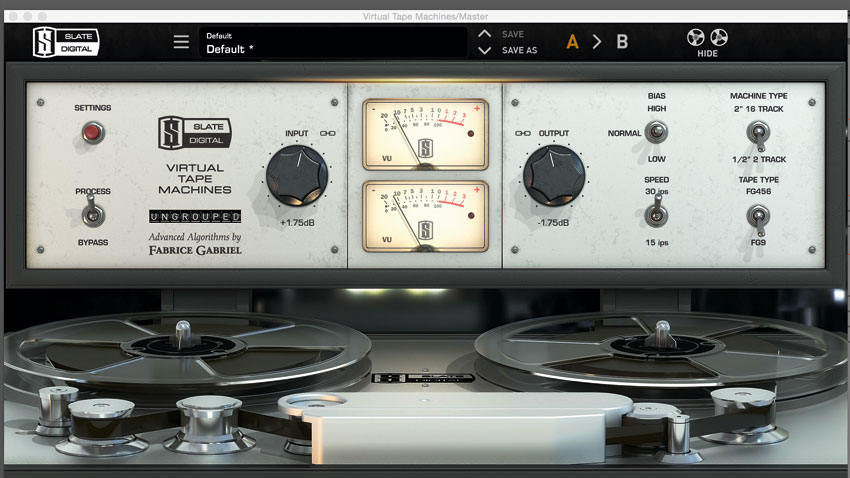
1. Tape saturation
You might think of it as more sledgehammer than paintbrush, but the application of distortion is one of the most nuanced processes in music production - and key to getting it right is choosing the right kind of distortion plugin to suit the sound you're working on.
In this gallery, we'll take a tour of the nine most important distortion types and lay out the advantages and disadvantages of each one.
Tape saturation
Tape saturation combines transient smoothing, compression and soft signal distortion to progressively glue and fatten the signal. Emulations often apply EQ and simulated tape hiss and flutter.
It’s great for warmth and cohesion, and can be applied to every track.
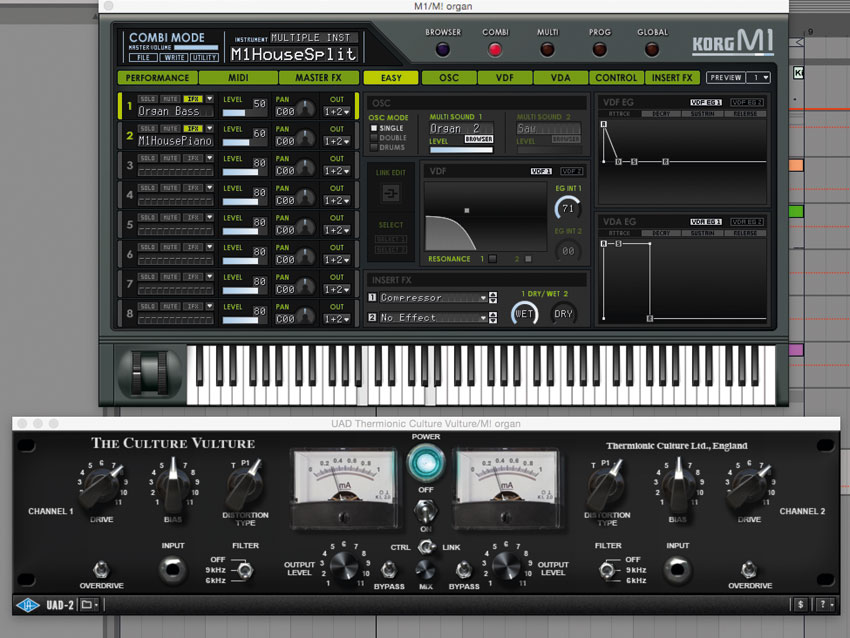
2. Valve saturation
Like tape, valve saturation progressively adds harmonics in a musically pleasing way, with distinct colouration.
Triode valves generate largely even harmonics, while pentode circuits give odd ones, often considered less musical, but deeper and richer.
Saturation is usually used subtly, rather than pushed to the point of obvious distortion - though it’s always an option!
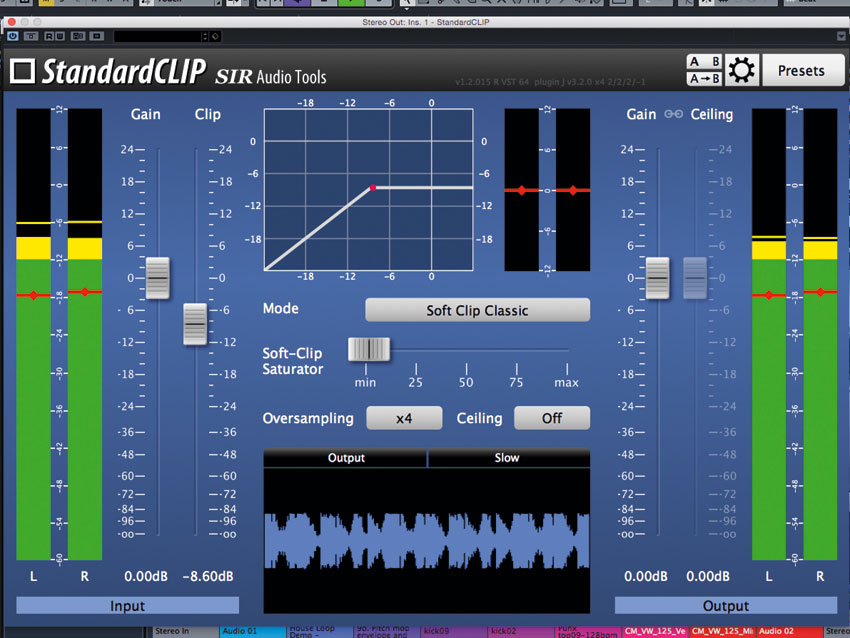
3. Clipping
Many types of distortion employ clipping behaviour, but when we talk about clipping in music production, we’re usually referring to basic hard and soft clipping. While pure digital clipping can sound harsh, a dedicated soft/hard clipper can reduce peaks invisibly when used moderately.
In the mix, clipping is useful for keeping signal levels in check, and great for transient-heavy sources.
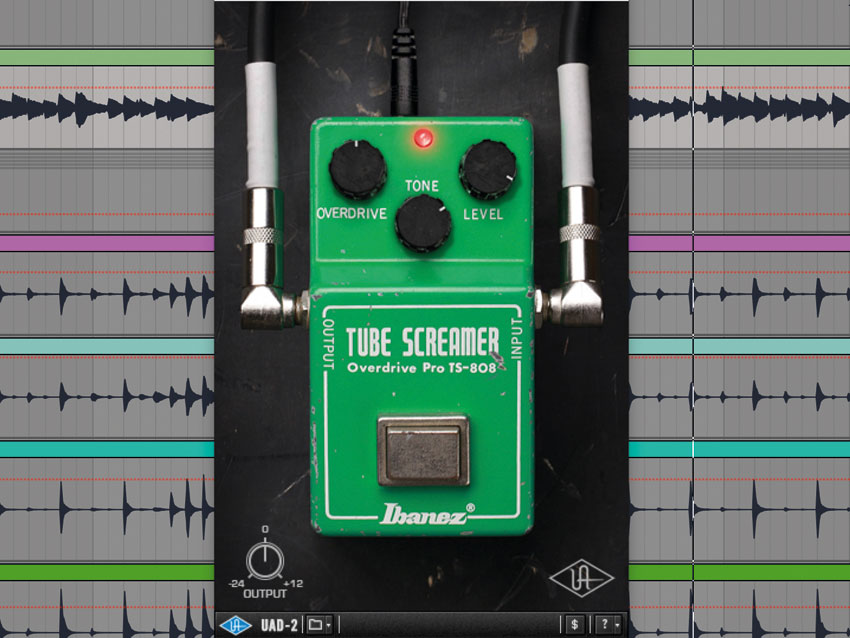
4. Overdrive
Guitar overdrive pedals like the Ibanez Tube Screamer apply mild distortion, often coupled with EQ/filtering and a level boost, all designed to overload the input of the amplifier they’re connected to, adding aggression to a sound which could already be quite ‘hot’.
Heard in isolation, overdrive has a basic, crunchy timbre that retains dynamics - half way between the subtlety of saturation and all-out distortion.
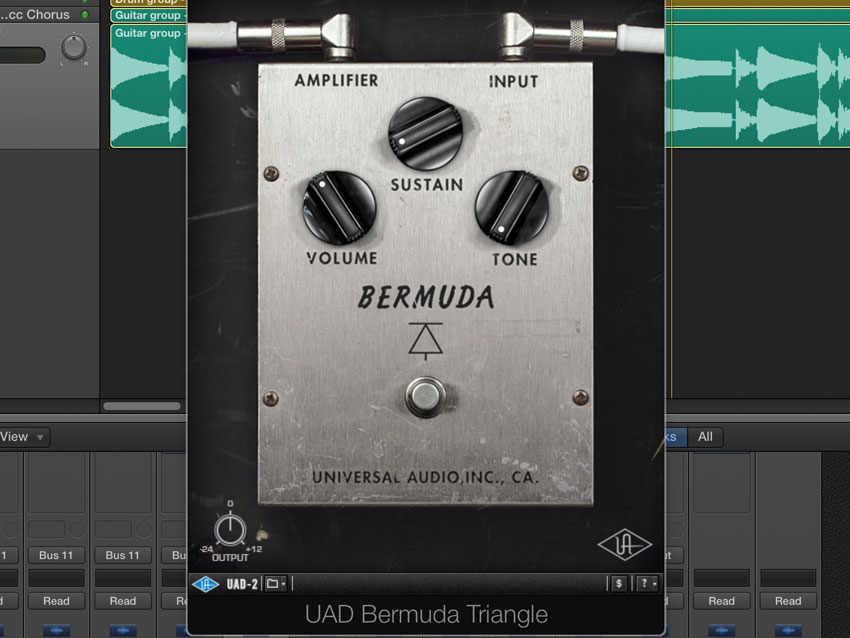
5. Fuzz
Fuzz is basically very strong clipping, usually used as a guitar effect. It adds harmonic distortion and massive sustain, and obliterates dynamics. A filter to roll off the treble can make it more versatile.
One of the all-time classic fuzz boxes, Electro-Harmonix’ Big Muff - of which Universal Audio’s Bermuda Triangle is a great emulation - has just three controls: Sustain, (output) Volume and Tone (filter).
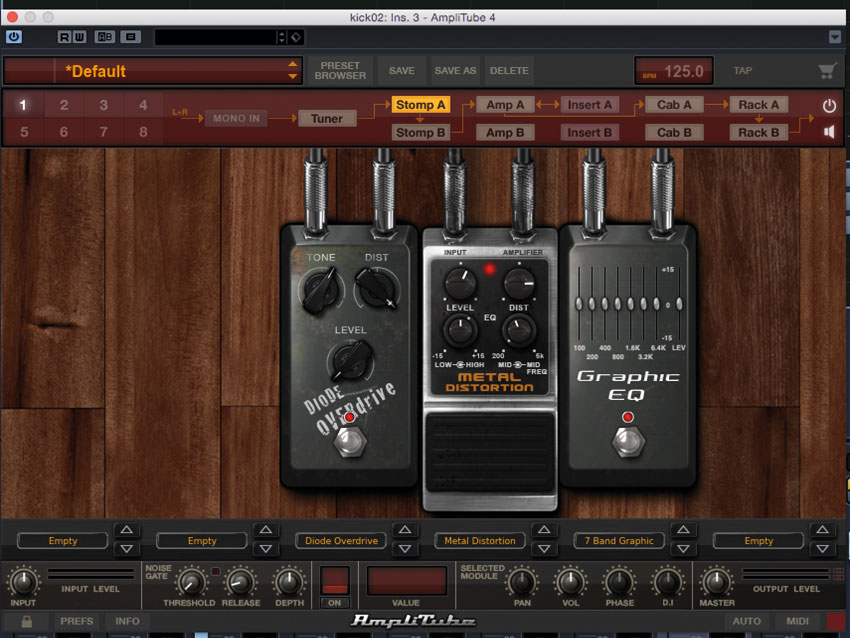
6. Distortion
Confusingly, there is a distortion type called ‘distortion’, derived from the world of guitar pedals. Most associated with heavy guitar music like punk and metal, distortion may incorporate multiple EQ, filtering and clipping stages, arranged and tuned to give extreme results while retaining articulation.
Unlike overdrive, distortion pedals are intended to largely create the distorted tone by themselves.
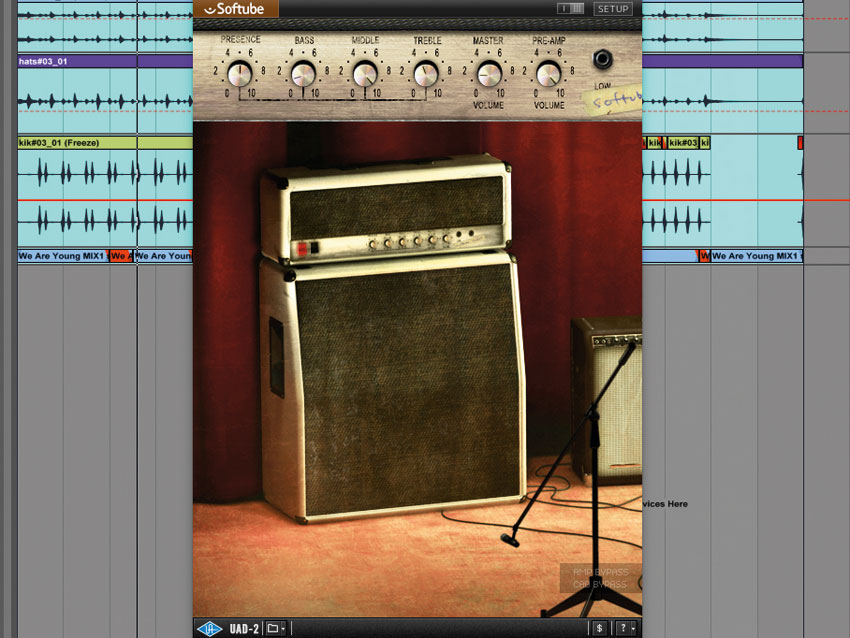
7. Guitar amp and cabinet
Guitar distortion heard on its own can sound very fizzy and harsh. The guitar sounds we’re used to hearing come from a microphone placed in front of a speaker cabinet in a real room, all three of which heavily colour the frequency response. So, for an authentic tone, these aspects must be simulated too, and many plugins offer this.
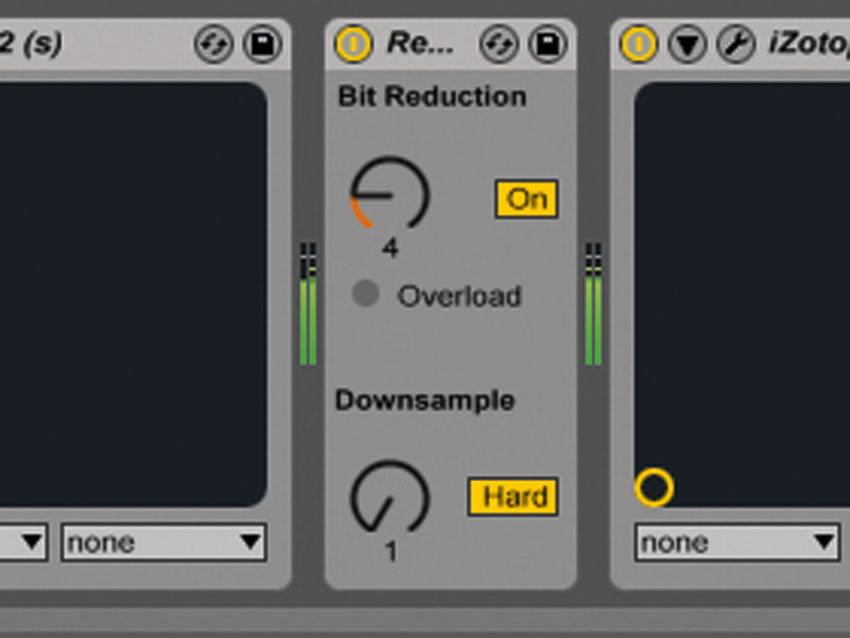
8. Bitcrushing
Bit-depth reduction gives us the crunchy sound of old-school sampling and vintage home computers. It adds grit and edge, which can help sounds cut through busy mixes. It also adds a hissing sound, noticeable on signals like reverb tails, so you might want to gate signals before bitcrushing and apply reverb afterwards. Unless that’s the old-school, sampled vibe you’re after!
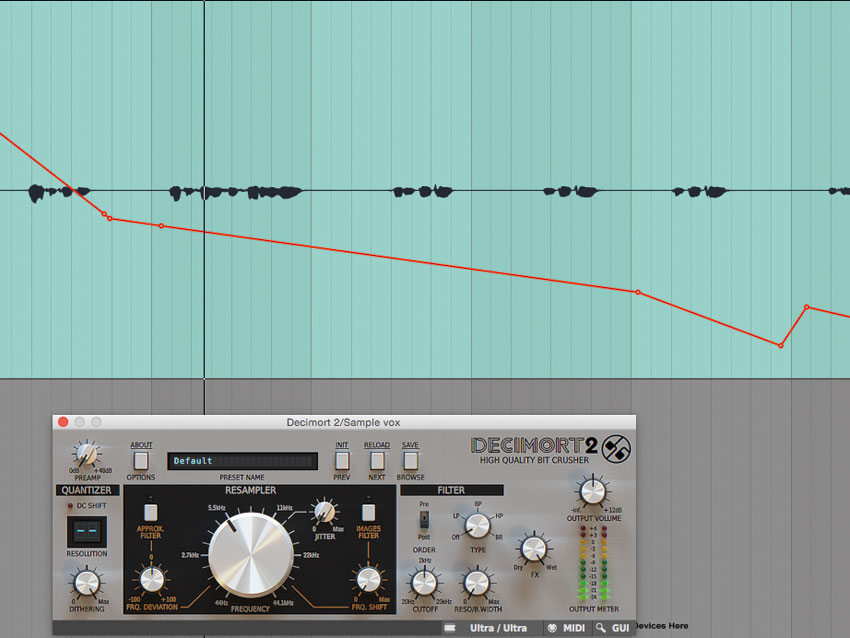
9. Sample rate reduction
Sample-rate reduction decreases the temporal ‘resolution’ of the digital signal. The most recognisable result is a kind of atonal ringing with a metallic edge. You can roughly tune this ringing by changing the sample rate, or modulate it for distinctive riffs and digital effects.
Modulation of the sample rate is often used as a sound effect in modern sci-fi soundtracks.
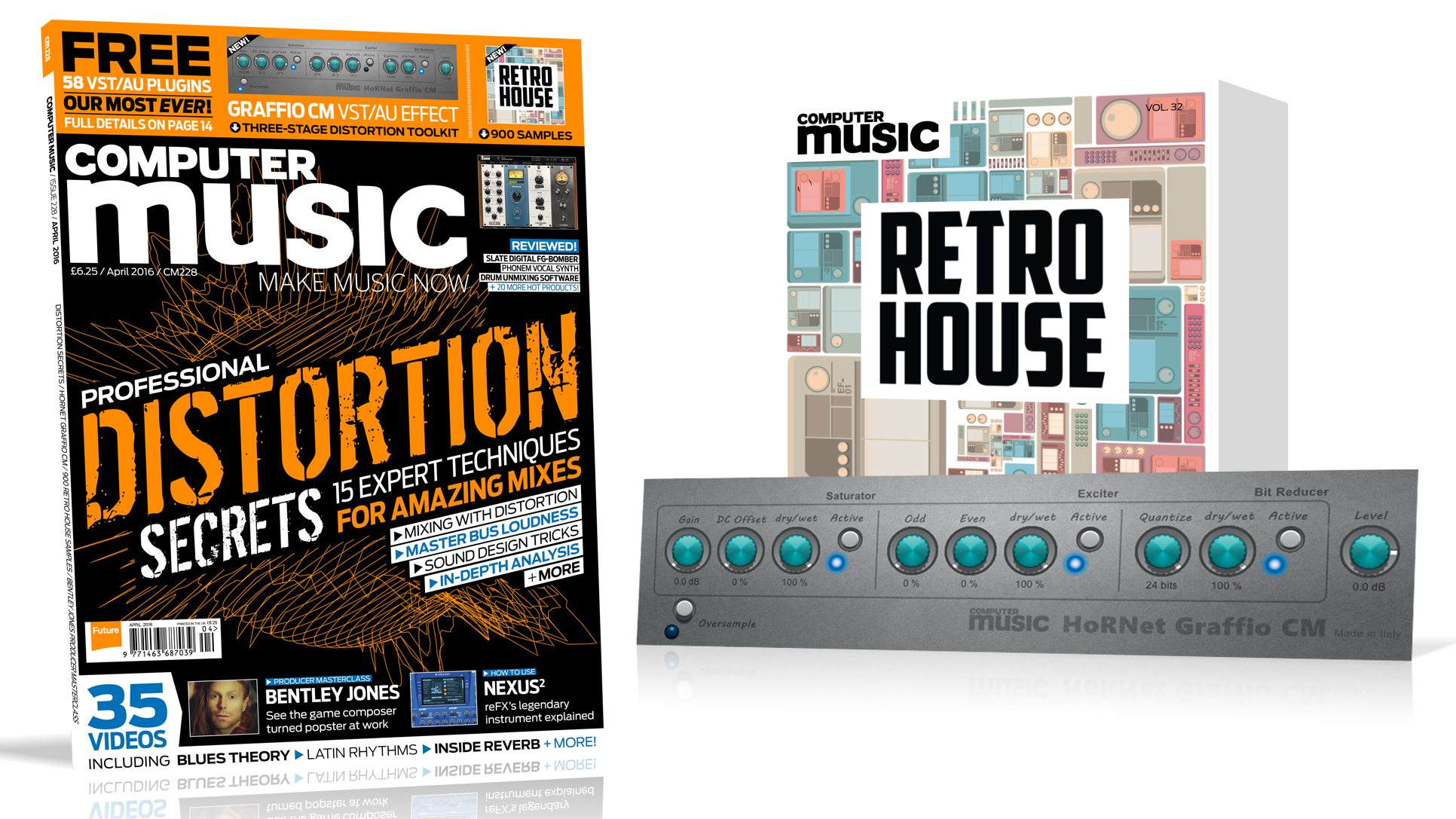
Computer Music issue 228 on sale now
Think you know distortion? Think again! To give your sounds and mixes the heat they truly deserve, you can't just pile on the plugins and hope for the best.
Check out Computer Music issue 228 to find out how distortion really works, and what you've been missing out on in the quest for professional, attention-grabbing sounds. Plus: FREE Distortion Plugin – 57 more VST/AU plugins – 916 Retro House Samples!
Computer Music magazine is the world’s best selling publication dedicated solely to making great music with your Mac or PC computer. Each issue it brings its lucky readers the best in cutting-edge tutorials, need-to-know, expert software reviews and even all the tools you actually need to make great music today, courtesy of our legendary CM Plugin Suite.
